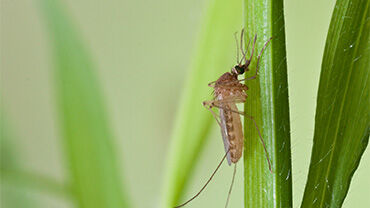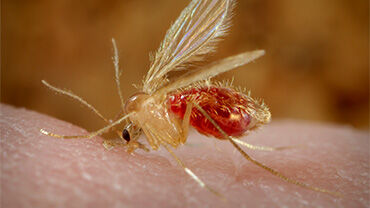Phlebotomine sandfly maps
The phlebotomine maps are published regularly to provide the ECDC stakeholders, the scientific community and the general public with updated information on phlebotomine distribution at ‘regional’ administrative unit level (NUTS3 or equivalent and NUTS2 in Austria, Belgium, Denmark, Germany, The Netherlands, England (UK), Scotland (UK) and Wales (UK)). Please note that the maps do not represent the official view or position of the countries.
Surveillance for sandflies
The surveillance maps shows the regions where surveillance activities for sandflies were held in Europe and neighbouring regions.
Sandfly surveillance effort over 2015–2019
Seasonal active surveillance for sandflies over 2017–2019
Distribution maps of sandflies
The map shows the current known distribution of Phlebotomus sandfly species in Europe at ‘regional’ administrative level (NUTS3). It is based on published historical data and confirmed data provided by experts from the respective countries as part of the VectorNet project.
Separate maps for the distribution of each of the following mosquito species are currently available: Phlebotomus alexandri, Phlebotomus ariasi, Phlebotomus mascitii, Phlebotomus neglectus, Phlebotomus papatasi, Phlebotomus perfiliewi, Phlebotomus perniciosus, Phlebotomus sergenti, Phlebotomus similis, and Phlebotomus tobbi.
For native species the possible distribution statuses are:
- Present: The species has been observed to be present in at least one municipality within the administrative unit.
- Introduced: The species has been introduced in the administrative unit without confirmed establishment.
- Anticipated Absent: the species has never been reported and there is a high probability that it is absent.
- Confirmed Absent: the species has never been reported within the administrative unit and there have been field surveys or studies on sand flies within the last 5 years of the distribution status date.
- No Data: No sampling has been performed and no data on the species is available.
- Unknown: The status is unknown
Areas outside the scope of the VectorNet geographical scope are colour-coded as ‘Outside scope’.
Vector distribution status changes in terms of spatial units since the previous update
Since the previous update (March 2022), New presences have been reported for:
- P. alexandri in Cyprus (1 spatial unit), Spain (5 units), and Tunesia (1 unit);
- P. ariasi in Andorra (1 unit), Italy (2 units), Spain (25 units), and Tunesia (1 unit);
- P. mascittii and P. neglectus in Italy (2 units);
- P. papatasi in Italy (2 units) and Spain (14 units);
- P. perfiliewi in Algeria (1 unit) and Italy (2 units);
- P. perniciosus in Algeria (1 unit), Andorra (1 unit), Italy (1 unit), Spain (18 units), and Tunesia (1 unit);
- P. sergenti in Spain (8 units) and Tunesia (1 unit).
Further, some erroneous reports of P. sergenti being present in some units in Spain have been corrected.






